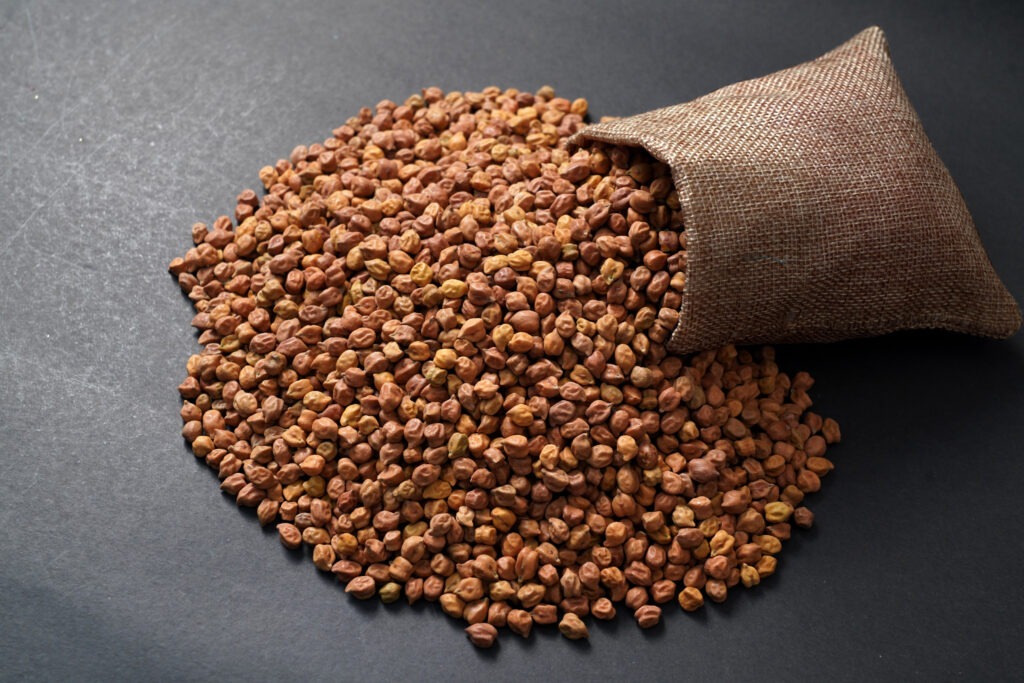Summary
Australian desi chickpea export prices have jumped 12-16% in the past four weeks, driven by strong demand from Pakistan and dwindling Australian stocks. This price movement highlights the dynamic nature of global pulse markets and creates both challenges and opportunities for traders across different corridors.
Australia has raised its desi chickpea export prices significantly this week, with increases of $40-90 per tonne following exceptional demand from Pakistan. This marks a substantial 12-16% price hike over just the past four weeks, reshaping trade dynamics across multiple markets.
The pulse is now trading at $770-790 in Karachi, Pakistan, where demand has intensified due to domestic production shortfalls. Pakistan's chickpea crop has dropped to approximately 350,000 tonnes, creating a supply gap that Australian exporters are positioned to fill.
With Australian stocks diminishing, both exporters and growers have strategically increased prices, displaying little urgency to sell. Adding to buyers' challenges, the strengthening Australian dollar is creating additional headwinds for importers.
However, this price rally may have positive long-term supply implications, as current price levels could incentivize Australian growers to expand desi chickpea plantings in upcoming seasons.
The impact on the Indian market presents a different picture. With prices approaching $800 per tonne, Indian traders remain hesitant as the winter (rabi) crop arrivals are in full swing. Domestic prices in India are currently around ₹56,000 per tonne, significantly below the landed cost of Australian chickpeas at approximately ₹67,500 per tonne. It's worth noting that Indian domestic prices are even trailing below the government's minimum support price of ₹56,500 per tonne.
Some market participants speculate that Indian traders might only show interest at a substantially lower price point of around $625 per tonne (cost and freight) from Australia. Further complicating the situation, India's recent implementation of a 10% import duty as of April 1 is creating additional obstacles for shipments to this key market.
Indian traders are exploring alternative strategies, including the possibility of extending duty-free imports of yellow peas beyond the current May 31, 2025 deadline to address any potential domestic price increases.
While Australian exporters are offering chickpeas for October-November delivery, buyer interest remains notably absent thus far.
Current Australian offer prices (May delivery) across key markets:
- India: $790/tonne (May/June delivery)
- Pakistan: $790/tonne
- Nepal: $830/tonne
- Bangladesh: $785/tonne
- UAE: $780/tonne
Conclusion
This rapid price movement in the desi chickpea market exemplifies why modern commodity trading requires sophisticated digital infrastructure. Spotting arbitrage opportunities in such volatile conditions demands corridor-specific intelligence and real-time data analysis. Traditional trading approaches struggle to keep pace with these market dynamics, where conditions can shift dramatically within weeks.
As markets continue to experience these rapid fluctuations, the value of data-driven decision making and digital trade execution becomes increasingly apparent across the global agricultural commodity landscape.
